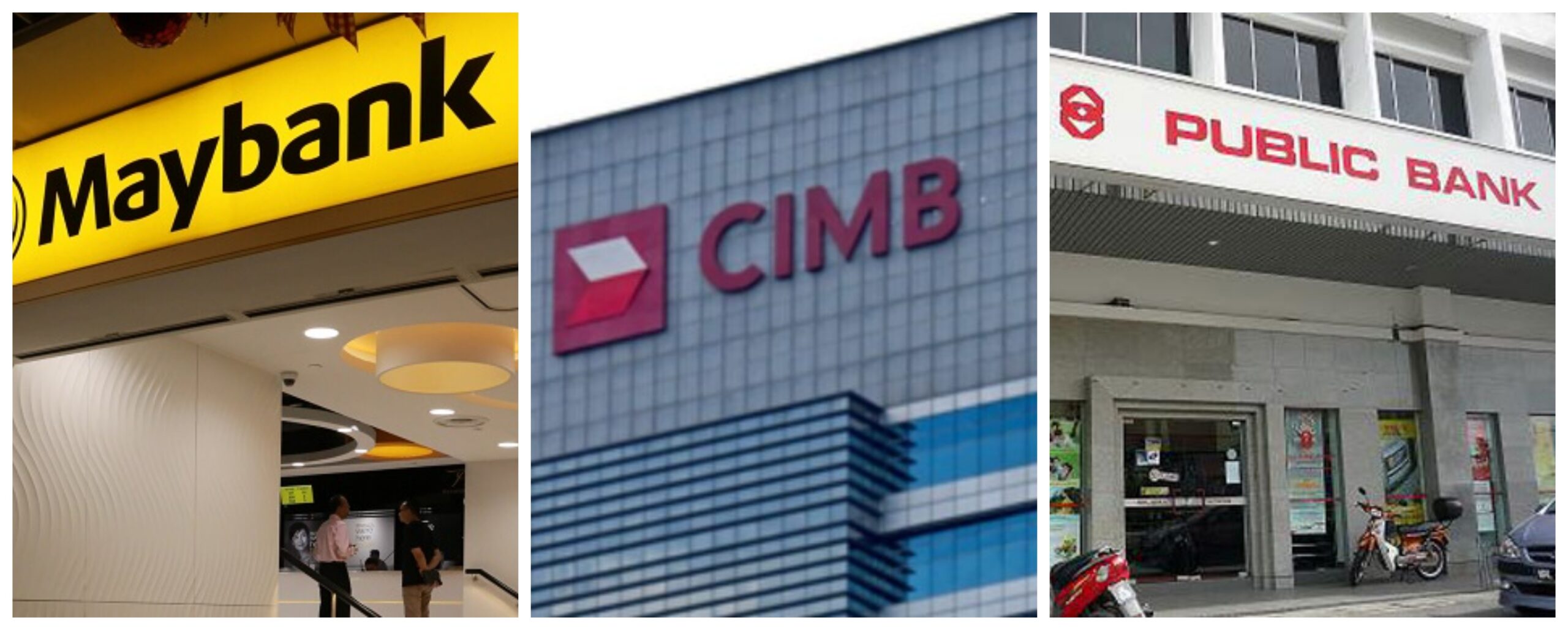ALTHOUGH market sentiment on the FBM KLCI was broadly negative in January 2022, buying interest within the financial sector has surged in recent times.
Bolstered by the rising bond yields and market expectation on interest rate hikes, the KL Finance Index (KLFIN) has thus far been the best performing sector in Bursa Malaysia.
Given that the banking industry holds a significant weightage in the finance index, we look to focus more on this industry in our discussion.
Since our bullish call on financial sector last year, we continue to have a bullish view on banks as they have done pretty well with 10% gains.
First, we think we’re seeing light at the end of the tunnel for COVID-19’s impact to the economy as the Malaysian Government is now preparing its roadmap to re-open its economy.
At this juncture, the vaccination rates in Malaysia is one of the highest among peers in ASEAN. Despite the recent spike in Omicron cases recently, the hospitalisation rate and death cases remain manageable, indicating that Omicron variant could be less severe compared to previous Delta.
Bullish trends
As lockdown measures in Malaysia were removed and the economy started to recover in year-end 2021, loan growth surged 4.8% year-on-year (yoy) in December (November 2021: 4.3%)
The momentum was underpinned by the pent-up demand from both household and business segments which posted 4.3% yoy and 5% yoy respectively during the lockdown period in 2021.
The increase in loan applications in the industry was driven by the swift expansion of residential mortgages, auto loans and working capital loans. This is an encouraging sign as it reflected economic normalisation in the aftermath of the re-opening of economics and easing of restriction order.
Similarly, the industry’s loan approvals also accelerated 8.6% month-on-month (mom) at RM42.8 bil, higher than pre-COVID level.
Moving forward, we anticipate consumer subsidies from the Government to fade away slowly, resulting in household loan growth rate to be lower but still at a positive rate.
Meanwhile, business loans will remain sturdy with improving manufacturing activity amid global economic recovery.
Given the positive loan growth indicators in the industry, we expect banks’ credit demand to breathe a new life by robust loan application alongside the easing of restrictions and economic rejuvenation.
Currently, Bank Negara Malaysia (BNM) remains in its accommodative tone, sticking to the objective of reviving the nation’s economy.
From what we have seen at the moment, some central banks in major economies such as the US, UK, EU have started a hawkish tone amid soaring inflation rate.
Meanwhile, BNM remains their dovish stance by maintaining the overnight policy rate (OPR) at 1.75% since the height of the COVID-19 pandemic in May 2020.
However, we expect a hike in the OPR rate this year given economic normalisation and higher inflation rate. We believe the interest rate hike will positive to the banks.
Additionally, with the introduction of the repayment assistance programme, we foresee a high potential for provision write-back in the upcoming quarters back to the 1.4% pre-COVID level although the provision currently stands at around 1.9%.
Bright spark
Loan moratorium across consumer loans under stimulus package (such as PEMULIH) resulted high provision loss due to uncertainty of the asset quality and moratorium.
Since then, banks have launched repayment assistance programme with the aim of assisting stressed borrowers. They could estimate the asset quality and provisions more accurately. Also, as of December 2021, the industry’s net impaired loan ratio was down for the fifth consecutive month at 0.90%.
In a nutshell, we hold a positive view on Malaysian banks’ upcoming profit growth given the low base effect during the moratorium period in 2021 and lower provisions moving forward.
Banks may see brighter days ahead as the sector’s risk-reward profile remains biased to the upside as the market has priced in the majority of concerns. The financial sector has a great correlation with the economy which means it tends to perform similarly with the current economic situation.
The Common Equity Tier 1 (CET1) ratio remained intact at 14.6 points in December 2021 (minimum BNM requirement stands at eight points), denoting the bulwark of the banks’ fundamentals remained durable.
Typically, banks have a long dividend history which demonstrates the track record of success and profit-sharing. Hence, banks may benefit from better asset quality and higher loan demand on the back of a strengthened economy.
After two difficult years of dealing with the COVID-19 pandemic, Malaysian banks are expected to perform better this year as a result of a rebounding economy, a potential rate hike and fewer provisions.
In our point of view, we like the financial sector because financial institutions are the best proxy of economic recovery and a significant benefactor of rising interest rates.
Based on the valuation, the KL Financial Index is now trading at 1.03 times price-to-book (P/B) ratio based on 2024F estimated earnings, below the fair P/B of 1.2 times which translated into a 16.5% decent upside growth potential alongside sustainable 5% dividend yield. – Feb 17, 2022
iFAST Capital Sdn Bhd provides a comprehensive range of services such as assisting in dealing, investment administration, research support, IT services and backroom functions to financial planners.
The views expressed are solely of the author and do not necessarily reflect those of Focus Malaysia.









